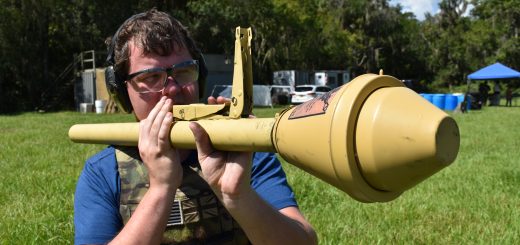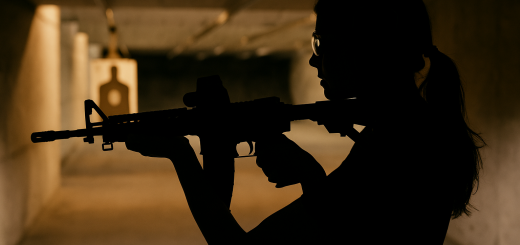“Shomtgun” – Testing the Pipe Shotgun
This article is a companion to the video on our channel.
The purpose of this is to expound on some elements covered in the video.
The uncensored video can be found on our BitChute Channel.
Shell Examination
Mini Shells


2 3/4 Shells


3 Inch Magnums


Special Round

3.5 Inch Magnum


Examining damage to the parts



Notes On Testing
During the testing it is noted that all loads up 2-3/4 inch are valid. The reason that the larger loads (3, 3.5 inch magnums) were invalidated is because the striker mechanism was being ejected by excess gas in the receiver. This excess gas then vented out the striker hole instead of exiting through the barrel. Because the full pressure of the gas was not being applied to the barrel the results could not be considered conclusive.
After the first string of fire, a new striker was fitted to prevent it from being ejected by excess gas and so that the 3.5 inch shells could be validated. Unfortunately it was only able to fire once before it was damaged. This last shot was a 3.5 inch magnum with no bore obstruction, proving without a doubt that pipe shotguns are capable of handling such a round to no ill effect.

In total the gun we tested fired 14 rounds, survived two bore obstructions, and held up to the most powerful loads available on the commercial market.
Notes On Fabrication

The barrel is a segment of Schedule 40 3/4″ pipe. Schedule is a measurement of wall thickness in a pipe. The higher the schedule the thicker the walls become. The working theory is that pipe shotguns with a lower schedule are more resistant to high pressure loads because there’s more room in the bore, which makes it harder for pressure to build up as it can simply pass by the projectile. This is just a theory however and should not be taken as fact. Other than trimming one end of the barrel, this pipe is left in the exact same configuration as it came from the hardware store. The weld seam still runs the length of the bore and the threaded end is left unaltered at the muzzle.





Any chance of you showing how you made the striker assembly that prevented gases escaping?